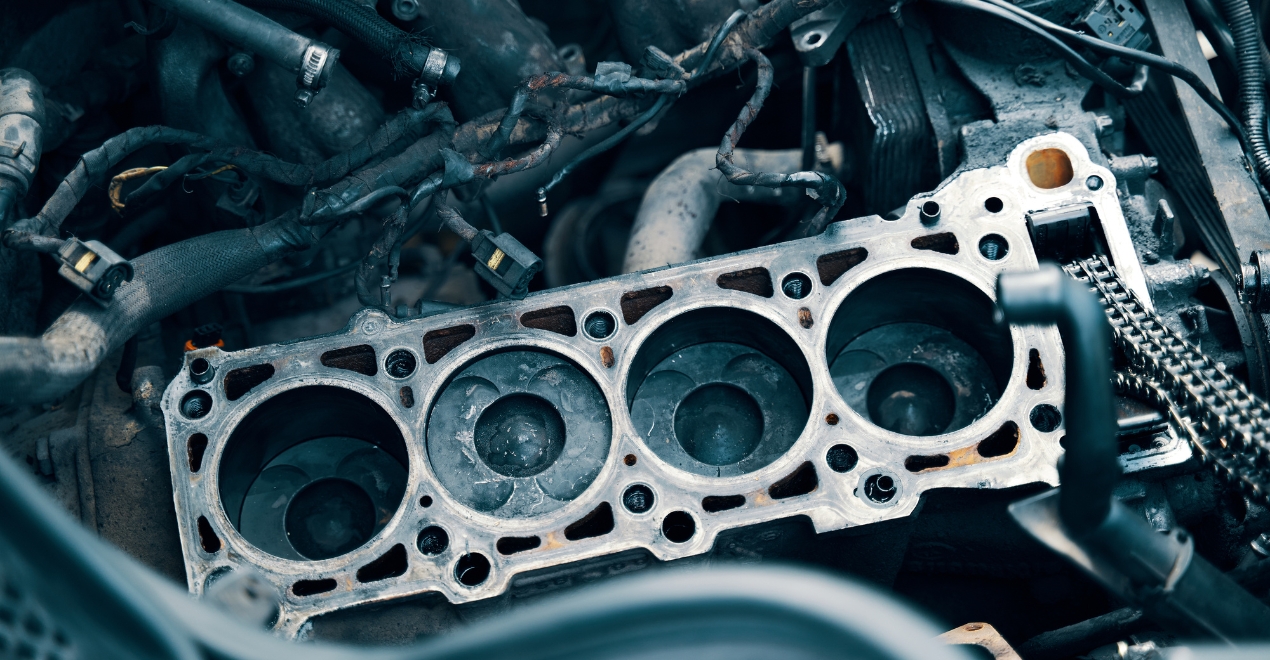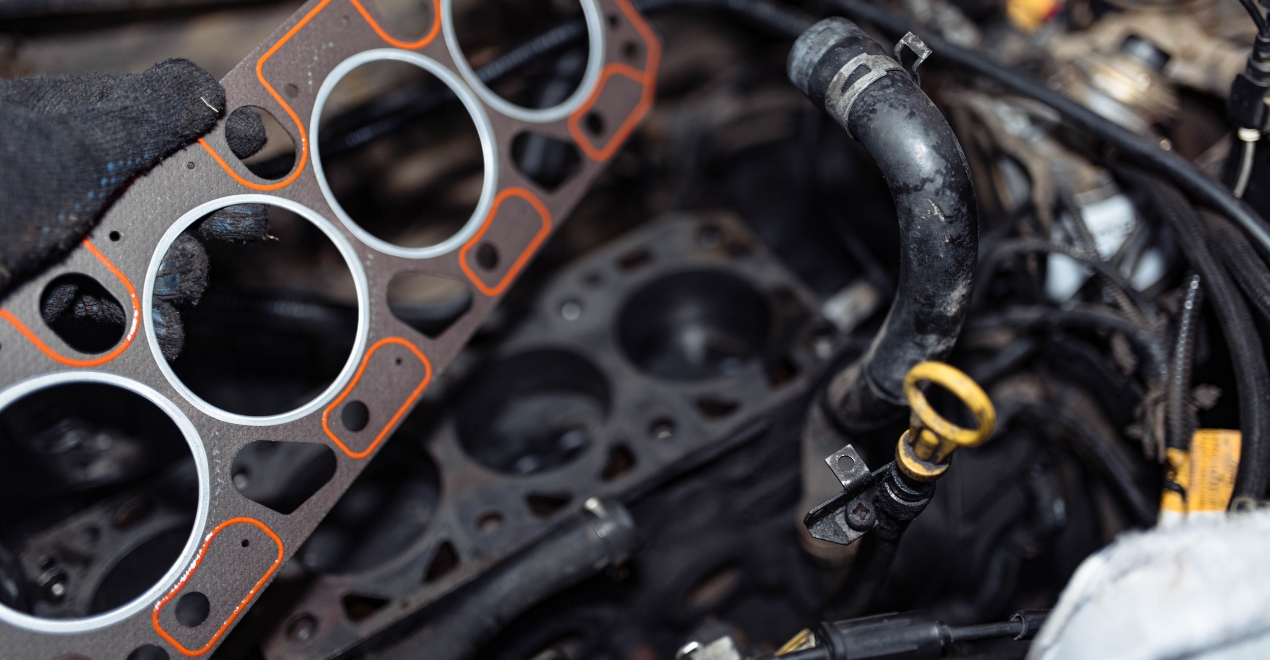Oil burning in cars is a common yet concerning issue for many vehicle owners. It often signals deeper mechanical problems that, if left unaddressed, can lead to significant engine damage and costly repairs. Understanding the primary causes of oil burning can help car owners take proactive measures to maintain their vehicles’ health and longevity. This article explores the various reasons behind oil burning in cars, providing detailed insights into each cause to help drivers recognize and address these issues promptly. Experiencing oil burning issues? Contact Crossroads Helpline today for expert advice and doorstep repair services!
Table of Contents
ToggleWorn Piston Rings and Cylinders

One of the most prevalent causes of oil burning in cars is worn piston rings or cylinders. Piston rings are essential components that seal the combustion chamber, ensuring that the oil remains in the crankcase and does not seep into the combustion chamber. Over time, due to constant friction and heat, these rings can wear out or break, leading to oil leakage into the combustion area. When this happens, the oil burns along with the fuel-air mixture, resulting in blue or gray smoke from the exhaust.
Worn cylinders can also contribute to oil burning. Cylinders can become scored or damaged due to inadequate lubrication, poor maintenance, or simply wear and tear from high mileage. When the cylinders are worn, they cannot maintain a tight seal, allowing oil to bypass the piston rings and enter the combustion chamber. Regular maintenance, including timely oil changes and using high-quality lubricants, can help mitigate the risk of worn piston rings and cylinders. However, once these components are damaged, they often require professional inspection and repair.
Valve Seal Failures

Valve seals play a crucial role in controlling the amount of oil that lubricates the valve stems, preventing oil from leaking into the combustion chamber. Over time, valve seals can harden, crack, or become damaged, especially if the engine frequently operates at high temperatures or if poor-quality oil is used. When valve seals fail, oil can seep past the valves and into the combustion chamber, leading to oil burning and visible exhaust smoke.
This issue is often more pronounced during engine startup or deceleration, as the vacuum created can draw more oil past the faulty seals. Regular inspection and maintenance of the valve seals can help prevent this problem. Using high-quality oil that matches the manufacturer’s specifications and avoiding extreme driving conditions can also extend the life of valve seals. If oil burning is suspected to be caused by valve seal failure, a professional mechanic should be consulted for a thorough inspection and potential replacement of the seals.
PCV System Malfunction
The Positive Crankcase Ventilation (PCV) system is designed to reduce harmful emissions by rerouting unburned gases from the crankcase back into the combustion chamber. A malfunctioning PCV system can lead to increased crankcase pressure, forcing oil past seals and gaskets into the combustion chamber. This can cause oil burning and the appearance of blue smoke from the exhaust.
PCV system issues can arise from clogged or stuck PCV valves, deteriorated hoses, or faulty components. Regular inspection and maintenance of the PCV system are crucial to ensure it functions correctly. Replacing the PCV valve as part of routine maintenance can prevent oil burning and help maintain optimal engine performance. If a malfunction is detected, addressing it promptly can save significant repair costs and extend the engine’s life.
Head Gasket Failures

The head gasket seals the engine block and cylinder head, preventing oil and coolant from mixing and ensuring the proper compression of the combustion chamber. A blown head gasket can cause oil to leak into the combustion chamber, leading to oil burning and a distinctive white or blue exhaust smoke. Head gasket failures can result from engine overheating, manufacturing defects, or the natural aging of the gasket material.
Symptoms of a blown head gasket include coolant loss, engine overheating, and milky or frothy oil. If any of these symptoms are present, it is crucial to have the vehicle inspected by a professional mechanic immediately. Replacing a head gasket is a complex and labor-intensive process that should only be undertaken by experienced technicians. Regular maintenance and ensuring the engine does not overheat can help prevent head gasket failures and subsequent oil burning issues.
Turbocharger Issues
Turbocharged engines are becoming increasingly common in modern vehicles, providing better performance and fuel efficiency. However, turbochargers can also be a source of oil burning if they develop issues. The turbocharger relies on a continuous flow of oil for lubrication and cooling. If the turbocharger’s seals or bearings wear out or fail, oil can leak into the turbocharger and be burned during the combustion process, resulting in blue smoke from the exhaust.
Turbocharger issues can be caused by poor maintenance, oil contamination, or excessive engine loads. Regularly changing the oil and using the correct type and grade of oil can help maintain the turbocharger’s health. Additionally, allowing the engine to idle for a short period before shutting it off can help prevent oil coking in the turbocharger. If oil burning is suspected to be due to turbocharger issues, professional diagnosis and repair are necessary to prevent further engine damage.
Using the Wrong Oil
Using the wrong type or grade of oil can also lead to oil burning in cars. Each engine is designed to operate with specific oil viscosity and formulation. Using oil that is too thin (low viscosity) can cause it to seep past seals and gaskets, leading to oil burning. Conversely, using oil that is too thick (high viscosity) can lead to inadequate lubrication, increased engine wear, and potential oil burning.
It is essential to follow the manufacturer’s recommendations regarding the type and grade of oil to use. This information is usually found in the vehicle’s owner’s manual or on the oil filler cap. Using high-quality oil that meets the required specifications can help ensure proper lubrication, reduce engine wear, and prevent oil burning. Regular oil changes, as per the manufacturer’s recommended intervals, are also crucial in maintaining engine health and preventing oil-related issues.
High Mileage and Engine Wear
High-mileage vehicles are more prone to oil burning due to the natural wear and tear on engine components over time. As engines accumulate miles, the clearances between moving parts can increase, leading to reduced sealing efficiency and oil leakage into the combustion chamber. Additionally, older engines may suffer from deposits and sludge buildup, which can impair the functionality of seals and gaskets, exacerbating oil-burning issues.
Owners of high-mileage vehicles should pay extra attention to maintenance, using high-mileage-specific oil formulations that contain additives designed to recondition seals and reduce oil consumption. Regular engine cleanings and using fuel additives can also help keep the engine clean and functioning efficiently. If oil burning becomes a persistent issue, a comprehensive inspection by a professional mechanic can identify specific areas of wear and recommend appropriate repairs or part replacements.
Driving Habits and Conditions
Driving habits and conditions can significantly impact oil consumption and burning. Frequent short trips, stop-and-go traffic, and aggressive driving can all contribute to increased engine wear and oil consumption. Engines that do not reach their optimal operating temperature during short trips can suffer from condensation and sludge buildup, leading to oil burning.
Driving in extreme conditions, such as very high or low temperatures, dusty environments, or high altitudes, can also stress the engine and lead to increased oil consumption. Adapting driving habits to allow the engine to warm up properly, avoiding aggressive acceleration and braking, and maintaining regular maintenance schedules can help reduce the risk of oil burning. Additionally, using synthetic oil, which performs better under extreme conditions, can provide better protection for the engine and reduce oil consumption.
Conclusion
Oil burning in cars is a multifaceted issue with several potential causes, ranging from worn piston rings and valve seals to PCV system malfunctions and turbocharger problems. Understanding these causes and taking proactive measures can help car owners maintain their vehicles’ health and avoid costly repairs. Regular maintenance, using the correct type and grade of oil, and adopting good driving habits are essential practices to prevent oil burning and ensure the longevity of the engine. If oil-burning issues arise, seeking professional diagnosis and repair is crucial to address the underlying problems and keep the vehicle running smoothly.

